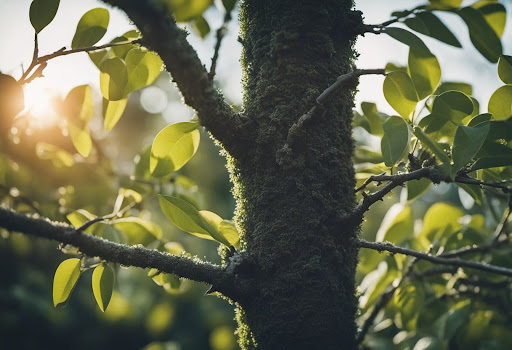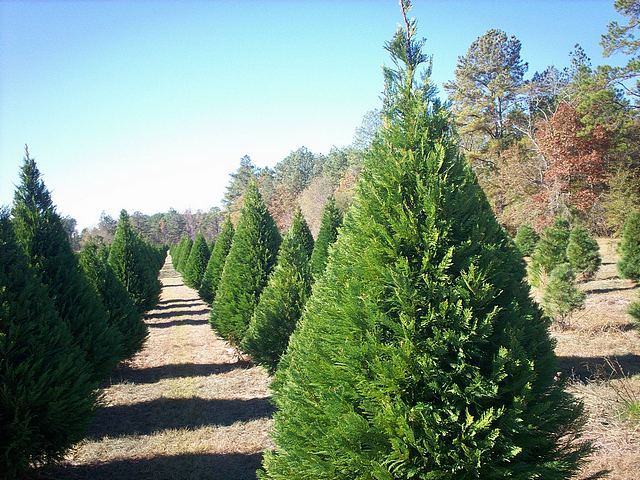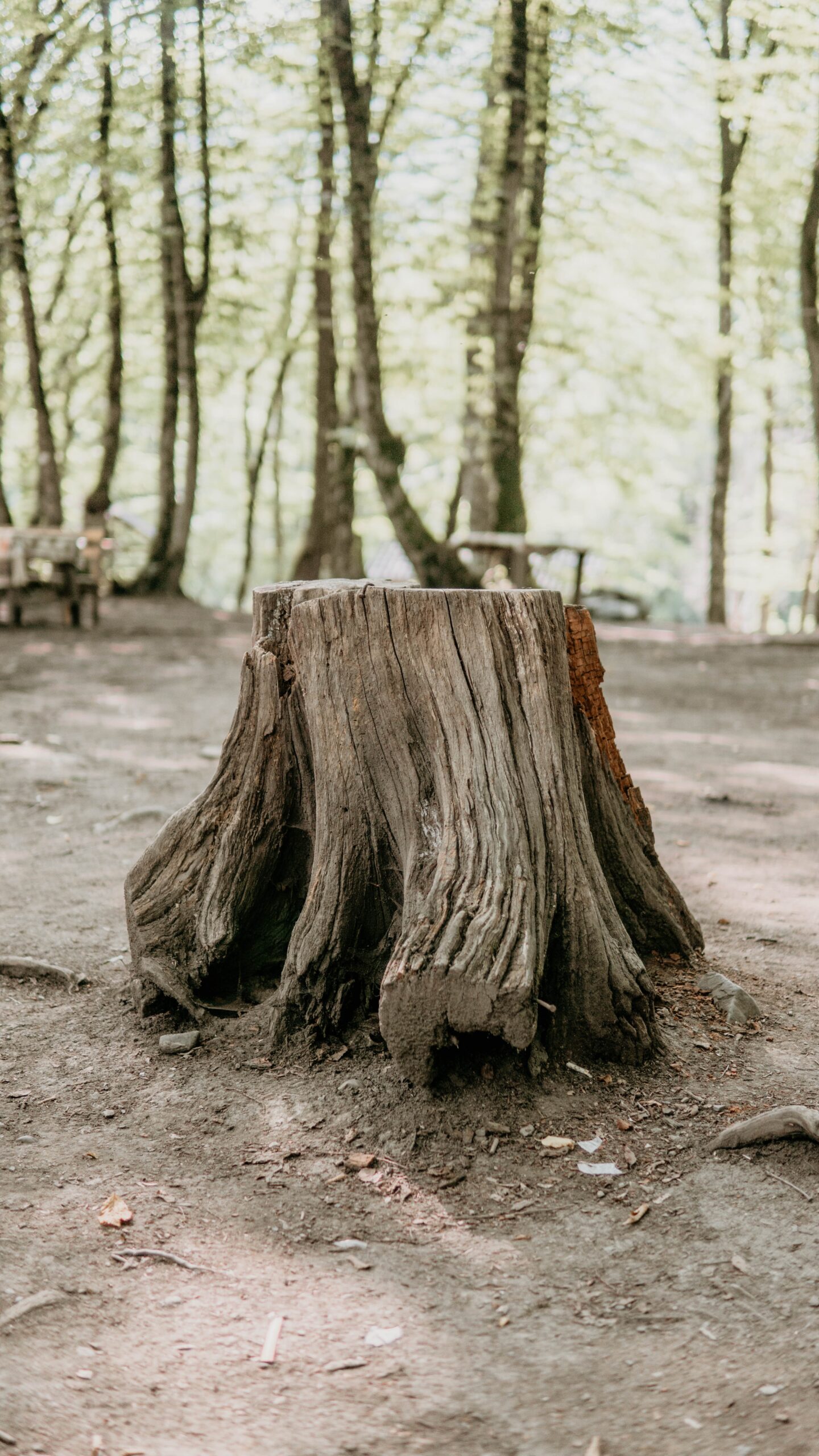
Date November 06, 2024
Tree preservation is essential for maintaining the green space in Fort Worth, a city known for its natural beauty. With increasing urban development, implementing effective tree conservation practices becomes more critical. Investing in tree preservation techniques not only enhances the urban landscape but also supports local ecosystems and improves air quality.
Various strategies can be adopted to ensure the vitality of trees in the area. These include regular maintenance, proper pruning, and education on the importance of trees in urban planning. Fort Worth residents can actively participate in initiatives that promote tree health and longevity, creating a sustainable environment for future generations.
TreeNewal and the community’s involvement in tree preservation efforts can significantly impact the city’s green canopy. By fostering a culture of awareness and care, they contribute to enhancing the quality of life and ensuring that Fort Worth remains a vibrant and lush city.
Understanding the Fort Worth Ecosystem
Fort Worth’s ecosystem is influenced by its specific climate and soil types, as well as the diversity of its indigenous tree species. These factors play a crucial role in the development of effective tree preservation techniques.
Climate and Soil Types
Fort Worth experiences a humid subtropical climate, characterized by hot summers and mild winters. The average annual rainfall is about 34 inches, which supports a diverse plant life.
The region’s soil comprises mostly clay, with some sandy loam in areas, making it essential for tree care practices to focus on soil amendments. Clay soils can retain water, but they often lead to poor drainage.
Incorporating organic matter can improve soil structure and drainage, enhancing conditions for tree roots. Knowing the soil’s texture and capacity for nutrients helps in selecting suitable tree species for planting and preservation.
Indigenous Tree Species
Native trees play a vital role in Fort Worth’s ecosystem. Some of the most prominent indigenous species include:
- Live Oak: Known for its longevity and massive canopy, it is highly valued for shade and habitat.
- Post Oak: Adaptable to various soil types, it thrives in the region’s climate and is drought-resistant.
- Pecan: Offers not only aesthetic value but also produces edible nuts, promoting local wildlife.
These trees are adapted to local conditions, allowing them to thrive with minimal intervention. Protecting and planting native trees improves biodiversity and supports wildlife habitats while contributing to the city’s green canopy.
Strategies for Tree Preservation
Effective tree preservation in Fort Worth requires a multifaceted approach. Focused urban forestry management, soil health, and construction protocols can significantly contribute to maintaining the city’s valuable green canopy.
Urban Forestry Management Plans
Urban forestry management plans are essential for sustainable tree preservation. These plans should include comprehensive inventories of tree species, their locations, and health statuses.
Regular assessments allow for early identification of issues, such as disease or infestation. This proactive approach enables timely interventions to protect trees.
Education initiatives aimed at the community can enhance awareness about the importance of trees and best care practices. Engaging local communities can foster a culture of stewardship towards trees and green spaces.
Soil and Water Conservation Practices
Soil and water conservation directly impacts tree health. Implementing practices like mulching helps retain moisture and regulate soil temperature. This is particularly important in Fort Worth’s sometimes harsh climate.
Using native plants in landscaping also promotes biodiversity and reduces the need for irrigation. Native trees are adapted to local soil conditions and require less maintenance.
Regular soil testing can inform nutrient needs, ensuring trees receive adequate fertilizers without excess runoff. This preserves both tree vitality and local waterways, emphasizing the interconnectedness of urban ecosystems.
Protection During Construction
Construction activities pose significant risks to trees. Proper protective measures must be implemented to safeguard root zones and canopy areas.
Tree protection zones should be established, clearly marked, and respected throughout the construction process. This includes installing physical barriers around tree trunks and roots.
Careful planning can minimize soil compaction near trees. Techniques such as air excavation may be employed to preserve root systems. Education for construction crews on tree sensitivity can further enhance preservation efforts and ensure compliance with best practices.
Community Engagement and Education
Engaging the community and educating residents are essential for effective tree preservation. Active participation fosters a sense of responsibility and enhances awareness about the importance of trees in Fort Worth.
Public Awareness Campaigns
Public awareness campaigns play a critical role in promoting tree preservation. Efforts may include social media initiatives, local workshops, and informational flyers distributed throughout neighborhoods.
These campaigns can highlight the ecological benefits of trees, such as improving air quality and providing habitat for wildlife. Additionally, they can inform residents about proper tree care techniques and the city’s regulations regarding tree preservation.
Partnering with local schools and organizations amplifies the reach of these campaigns. Programs should aim to instill a culture of stewardship where individuals understand their impact on the urban canopy.
Volunteer Programs for Tree Planting
Volunteer programs are a dynamic way to involve the community in tree planting initiatives. Local organizations can coordinate tree planting events, inviting residents to contribute hands-on.
Participants learn about the species suitable for Fort Worth’s environment, as well as techniques for planting and caring for trees. These efforts not only enhance green spaces but also build community connections.
Local businesses can also support these initiatives by sponsoring events or providing resources. Engaging volunteers in regular maintenance of planted trees fosters a sense of ownership and accountability in community members.
Legal Framework and Policies
Fort Worth has established a robust framework of policies and ordinances to protect its trees. These regulations aim to ensure that tree preservation is integrated into urban development and property management.
Tree Preservation Ordinances
The city of Fort Worth has multiple ordinances designed to safeguard its trees. The Tree Preservation Ordinance requires property owners to obtain permits for any work that may affect protected trees. These trees are defined by size, species, and location.
Mandatory measures include an assessment of tree health and value before development. Developers must also adhere to replanting guidelines that promote sustainability. The ordinance aims to maintain existing tree canopies while promoting new growth.
Incentives for Property Owners
Fort Worth offers several incentives for property owners to encourage tree preservation. Homeowners who maintain healthy trees can qualify for property tax exemptions.
Additionally, the city provides grants for landscape improvements that include tree preservation. Education programs are available to raise awareness about the benefits of tree canopies. These incentives support the city’s broader goals of enhancing urban ecology and improving air quality through increased greenery.
These policies not only protect trees but also involve the community in conservation efforts.
Preserving Fort Worth’s green canopy requires effective tree preservation techniques. Regular maintenance, proper pruning, and community engagement are key strategies that sustain the urban landscape, enhance air quality, and support local ecosystems. For expert guidance in tree preservation techniques in Fort Worth, trust TreeNewal, serving the Dallas and Fort Worth Metroplex since 2017. Let us help you protect the city’s natural beauty and ensure a greener future—contact TreeNewal today!









